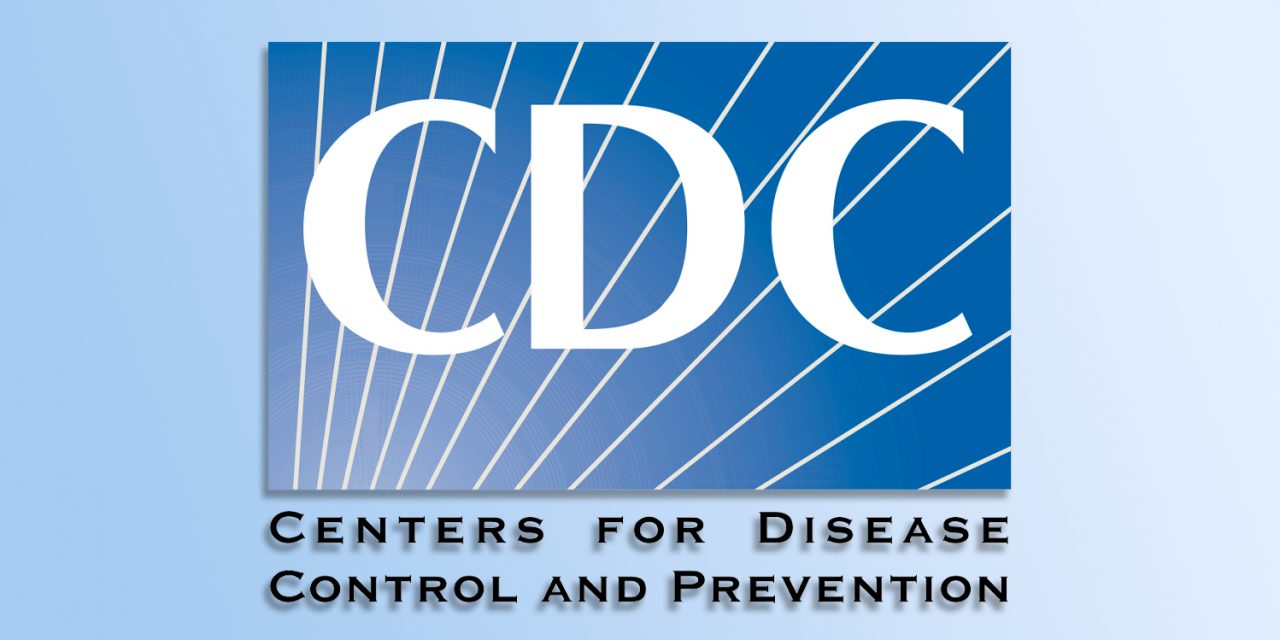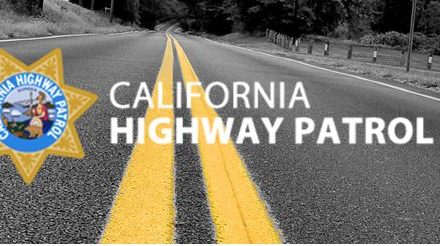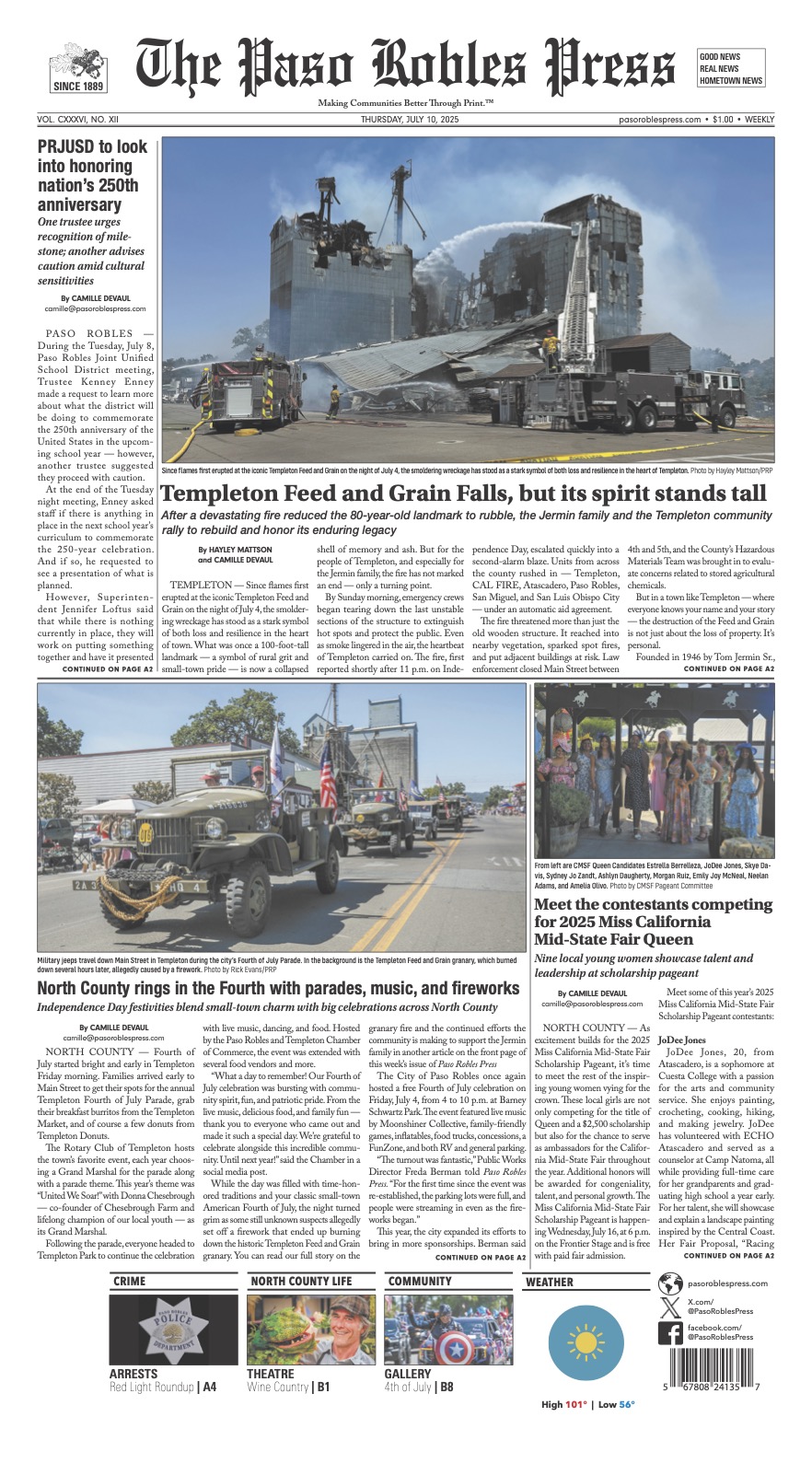Illegal drugs are more potent and potentially lethal than ever before as many can be mixed or laced with illicitly made fentanyl
To save more lives from drug overdose, the Centers of Disease Control and Prevention (CDC) recently launched four complementary education campaigns intended to reach young adults ages 18—34 years. The campaigns provide information about the prevalence and dangers of fentanyl, the risks and consequences of mixing drugs, the life-saving power of naloxone, and the importance of reducing stigma around drug use to support treatment and recovery.
CDC spoke directly with young adults who reported using drugs, as well as peer recovery professionals, to develop the campaigns. Each campaign includes new resources on all four topics to help people make informed decisions, get the help they need, and ultimately reduce the rise in drug overdoses and overdose deaths.
“This critical information can help all of us save a life from overdose and support people who use drugs in treatment and recovery,” said Debra Houry, MD, MPH, acting principal deputy director of CDC.
Fentanyl Can be Hidden in Drugs
Illegal drugs are more potent and potentially lethal than ever before as many can be mixed or laced with illicitly made fentanyl without a person’s knowledge. Fentanyl, an extremely powerful synthetic opioid that is up to 100 times stronger than morphine, and other synthetic opioids contribute to most opioid-involved overdose deaths. Illicitly made fentanyl is increasingly found in counterfeit prescription medications, heroin, cocaine, methamphetamine, and other illicit drugs. It is nearly impossible to tell if drugs have been laced with fentanyl without the use of fentanyl test strips because it cannot be seen, smelled, or tasted.
Mixing Drugs Can Cause Overdoses
People who use drugs may use multiple different substances, and this mixing of drugs can be even more harmful than when they are used separately. Mixing stimulants—like ecstasy and cocaine—increases the risk of stroke and heart attack, while mixing opioids with other depressants—like benzodiazepines (“benzos”) and/or alcohol—can slow breathing, which may lead to severe brain damage or death. Bottom line, there is no safe way to mix drugs. Even if you have mixed drugs before, your body could react differently every time.
Naloxone is a life-saving medicine that can reverse an opioid overdose. Often given as a nasal spray, naloxone can restore normal breathing to a person whose breathing has slowed or stopped due to opioids, including fentanyl, if given in time. Anyone can carry naloxone, give it to someone experiencing an overdose, and potentially save a life.
Naloxone is available in all 50 states and Washington, DC, and it is available at many local pharmacies without a prescription in most states. Good Samaritan laws are in place in most states to protect those who are overdosing and anyone assisting them in an emergency from arrest, charges, or a combination of these.
People in Treatment and Recovery Need Support
One in 14 Americans reports experiencing a substance use disorder. However, the stigma related to using drugs can be a significant barrier to getting help. Showing compassion for people who use drugs and offering support during their treatment and recovery journey are ways to help reduce stigma. Paths to recovery include treatment with medications for opioid use disorder, as well as behavioral therapies. Treatment is available in many settings—in person, online, through telehealth visits, –treatment can be in individual or group formats.
“Addiction is a treatable disease,” said Christopher M. Jones, PharmD, DrPH, MPH, acting director of CDC’s National Center for Injury Prevention and Control. “And while recovery is not always a straight path forward, it is possible. Talking with a healthcare provider to develop a treatment plan that works best for that individual and connecting to other services and supports can aid recovery.”
A Critical Step for Prevention
Drug overdoses have claimed nearly 900,000 lives in the United States. over the past 20 years. Recent reports show that drug overdose deaths accelerated during the COVID-19 pandemic, outpacing overdose death rates from any previous year. Illicitly manufactured fentanyl was the main driver of the near 30 percent increase in overdose deaths. By sharing the campaigns and related resources with young people 18-34 who use drugs, we are taking an important step to stop drug overdoses and save lives.
To learn more about CDC’s drug overdose prevention efforts, visit cdc.gov/stopoverdose.















